A Smarter, More Consistent Way to Weld
Welding automation is revolutionising metal fabrication, replacing basic jigs with sophisticated robotic systems, sensors, and adaptive controls. These advancements are redefining workshop operations—boosting quality, consistency, and safety, while addressing the rising shortage of skilled welders.
At Westermans, we’ve worked with fabrication companies of every size, helping them integrate automated welding equipment that improves efficiency and throughput. Whether you’re upgrading an existing production line or exploring automation for the first time, contact us today to discuss how we can support your automation journey and help your business thrive.
Why Welding Automation Matters
Across industries like construction, shipbuilding, energy, and precision manufacturing, welding automation is redefining productivity. The benefits go far beyond reducing labour — they extend to repeatable quality, cleaner welds, and long-term cost savings.
Modern systems equipped with robotics, cobots, and AI are making welding automation accessible to more businesses than ever.
Key technologies shaping today’s welding automation include:
-
Robotic Welding Systems: Modern robotic welding cells are equipped with vision sensors and adaptive feedback for precise, repeatable results on complex geometries.
-
Collaborative Robots (Cobots): Designed for safe interaction with human operators, cobots use sensors and force-feedback to stop movement on contact — eliminating the need for bulky safety cages.
-
User-Friendly Programming: Today’s teach-pendant interfaces let welders program new tasks in hours, not weeks — reducing setup times and training barriers.
-
AI and Data Insights: Integrated monitoring and analytics allow operators to track weld performance, optimise parameters, and prevent rework before it happens.
How to Get Started with Welding Automation
Transitioning to welding automation doesn’t have to be complex. Start with repetitive, high-volume tasks that will see the quickest ROI — such as pipe welding, longitudinal seams, or circular welds. Orbital welding is a popular choice for pipe and TIG welding. Read our informative guide to learn more.
Improving your upstream material quality and setup processes ensures automation delivers consistent performance. If you’re unsure where to begin, our experienced team can guide you through the options, from semi-automatic welding machines to fully automated production systems.
Talk to our team about your production setup — we’ll help you identify equipment that meets your output, precision, and budget goals.
When Welding Automation Works Best
Not every job needs to be automated, but many can benefit from it. Small fabrication shops can start with semi-automatic MIG or TIG systems (read our guide to the basic arc welding processes). While high-volume manufacturers can adopt fully automated welding lines to reduce downtime and reliance on labour.
In critical sectors like pipe fabrication, pressure vessel manufacturing, and chemical processing, welding automation ensures precision and safety, particularly when using orbital welding systems to create leak-free joints in pipelines and high-pressure environments.
Semi-Automatic vs Fully Automatic Welding
Understanding the difference helps you choose the right level of automation for your operation:
Semi-Automatic Welding:
The welder controls the workpiece and supervises the process while the equipment automates wire feed, gas flow, and travel. Ideal for small-batch or mixed production environments that still require operator control.
Fully Automatic Welding:
The system handles every aspect of the process — from loading and positioning to weld execution and unloading — enabling continuous production for consistent, high-volume results. Perfect for automotive, aerospace, and heavy fabrication lines.
Advantages of Welding Automation
-
Consistency and Quality – Achieve uniform welds with minimal error or variation.
-
Higher Productivity – Continuous welding means faster throughput and less downtime.
-
Reduced Labour Costs – One operator can oversee multiple machines.
-
Enhanced Safety – Operators work remotely, reducing exposure to fumes and heat.
-
Better Material Efficiency – Precise control reduces waste and rework.
-
Data Monitoring – Track performance for traceability and compliance.
-
Scalability. Easy to integrate into production lines for high-volume manufacturing.
Disadvantages to Consider
While automation offers huge efficiency gains, it also requires:
-
Higher upfront investment
-
Specialist setup and maintenance
-
More space and training for operators
For most businesses, the long-term productivity and quality gains far outweigh these initial barriers in the right application.
Automated Welding Equipment Solutions
At Westermans, we supply, refurbish, and service a complete range of automatic and semi-automatic welding machines and systems. From light-duty precision models to heavy industrial manipulators.
Column & Boom Manipulators
To meet the stringent requirements of aerospace or nuclear related applications column and boom manipulators need to provide exceptional rigidity. As well as low deflection under load and smoothness and consistency of axis movement. To meet these demands, features like high-quality sub components and stress relieved fabrications are key. Providing industry-leading stability and minimal boom deflection. Plus lack of vibration at full boom extension.
All column and boom manipulators, X & Y motions can be via precision bearings and guide ways. Design features include thick section fabrications that have been stress relieved. Ensuring the highest standards of straightness and dimensional tolerance. Applicable weld processes for precision applications include TIG and plasma welding. MIG/MAG is also possible, processes where high-level weld head payload is not a primary factor.
Heavy duty column and boom welders share the same design features as precision manipulators. So they also can be used in a similar way. However, these units are built for industrial MIG/MAG and submerged arc (SAW) processes. A range of optional extras including powered carts and king pin rotation of the column improve production efficiency.
All column and boom manipulators work with a range of controls. Depending on size and duty, boom motion control may be via a frequency inverter type drive with encoder feedback.
Factory space an important consideration? We can offer models featuring telescoping of the boom, minimising space requirements to the rear. Movement of the telescoping sections is synchronous. Helping to ensure the highest possible smoothness of motion is maintained.
Recommended brands: Bode, ESAB, SAF, Lincoln, Gullco, Pro Arc.
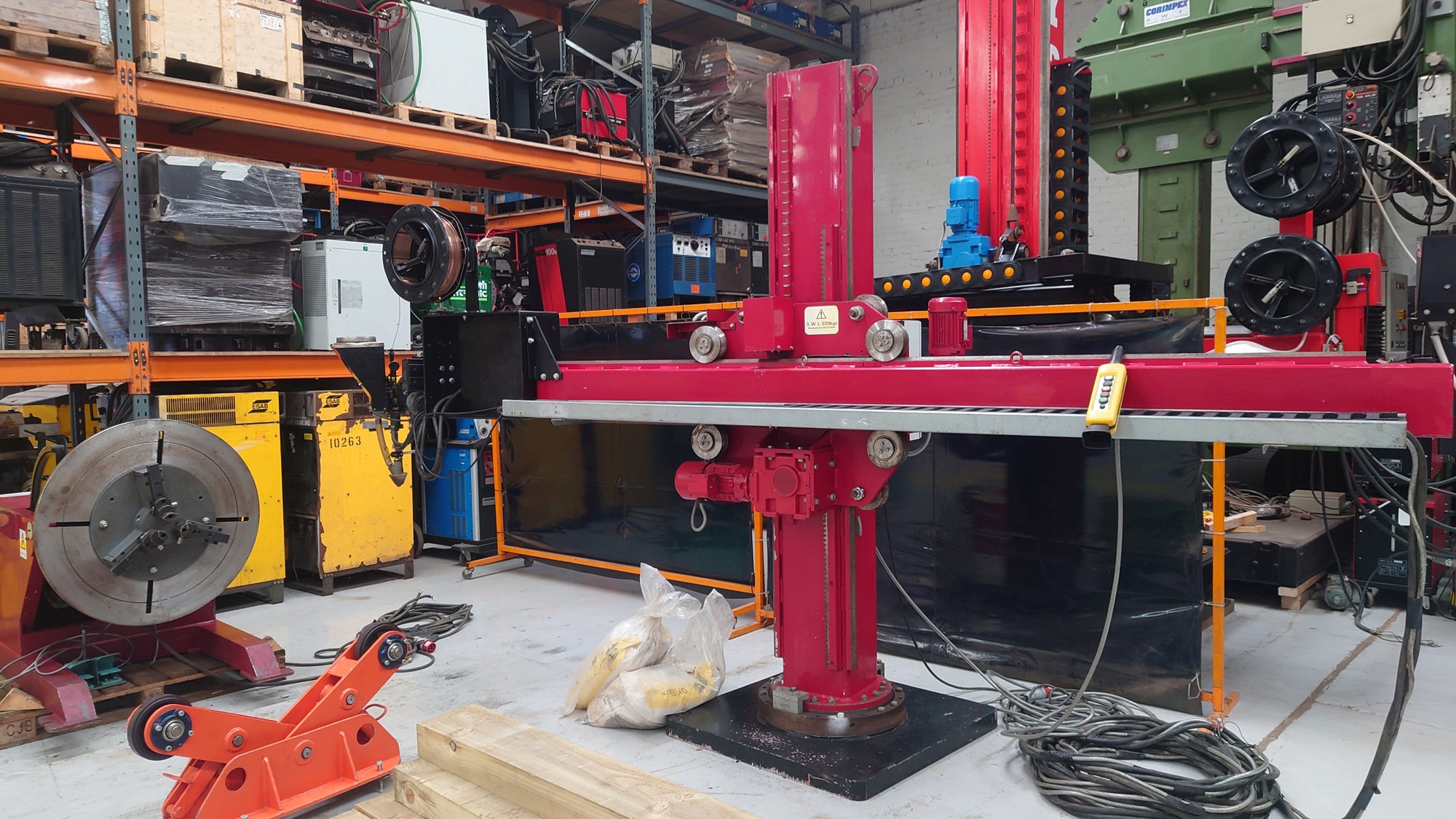
Longitudinal Seam Welders
Utilised in manufacturing cylinders, Longitudinal seam welders are capable of welding a wide range of materials, thickness and length. Applications range from the seam welding of small diameter tubes with short length and ultra thin wall thickness. (like bellows and instrument manufacture). Through to large diameter beverage and brewing tanks, and thick wall pressure vessels.
Seam welders can be used with a number of welding processes. TIG and plasma tig welding are ideal for use where precision and weld aesthetics are important. Or for thin material. For speed, efficiency, or thicker material, MIG and sub arc are the preferred choice.
Commercial sectors and industries that seam welders excel in include aerospace, HVAC, and pressure vessel fabrication. As well as utilities and dairy, food and beverage processing.
Recommended brands: ProArc Bode Jetline SAF AMET ESAB Koike
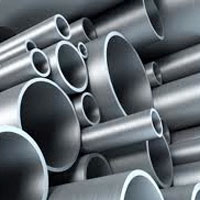
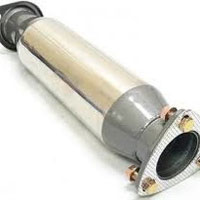
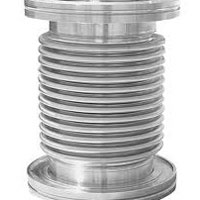
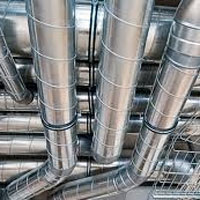
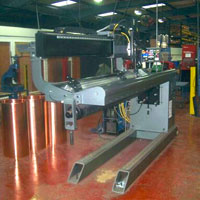
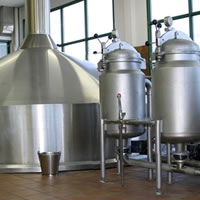
Welding Lathes
Lathe welders are a circumferential welding soluton. Compact systems are ideal for small components such as bellows, sensors and transducers. Or larger models offer consistency for welding larger components like hot water tanks and fuel containers. As well as nuclear waste containment and food and beverage containers.
For small to medium size components, we offer our New Pro-Arc lathe range. These modular units feature ultra-low backlash, harmonic type gearboxes, and encoder servo motor drive. Options for bench or freestanding models, as well as controls suited to the most demanding precision application. Typical weld processes include Micro TIG, Micro plasma, TIG, Plasma and MIG. Suitable for applications like air cylinders, valve assemblies, catalytic converters and hydraulic actuators.
Larger circumferential welding lathes can accommodate diameters up to 1500mm and weights up to 10,000Kgs. Generally used for dished ends on large cans and towers. As well as tanks, boilers and reactors. Various control options are possible including PLC for maximum performance. Welding process selection would be TIG, plasma, MIG or sub arc, depending on material thickness.
Recommended brands:Pro-Arc Bode Jetline Pandjiris Weldlogic,
Industries utilising welding lathe technologies include aerospace, instrument and transducer fabrication and pressure vessels. As well as tanks, boilers and reactors in industries like power generation, shipbuilding, and utilities.
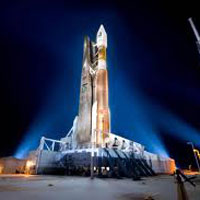


Collaborative Robots
Traditional industrial robots often required extensive safety caging, dedicated programming personnel, and significant floor space. The new generation of collaborative robots, or "cobots," is changing these fundamental assumptions.
Cobots are designed with integrated safety features that enable them to work alongside human welders without the need for extensive guarding systems. Force-feedback technology ensures that movement stops immediately upon unexpected contact, while speed and torque limitations help prevent serious injuries during direct interactions. These safety innovations lead to reduced implementation costs and lower floor space requirements.
Additionally, programming interfaces have evolved from complex coding to intuitive teach-pendant systems, which skilled welders can master in days rather than months. This accessibility transforms who can implement automation, making robotics feasible for small and medium-sized shops that were previously priced out of the market.
Submerged Arc Welding Systems
Submerged Arc Welding (SAW) is one of the most efficient and consistent welding processes for joining thick materials in heavy fabrication. Using a continuously fed wire electrode and a blanket of granular flux, SAW achieves deep penetration and high deposition rates — all while protecting the weld from atmospheric contamination.
Automated SAW systems are widely used in large-scale manufacturing environments where productivity, precision, and repeatability are critical. From pressure vessels and wind towers to structural beams and pipeline production, submerged arc welding delivers a robust, clean finish ideal for high-strength applications.
Key advantages of automated SAW include:
-
Exceptional weld quality: Deep fusion and minimal spatter make SAW ideal for structural components requiring consistent integrity.
-
High deposition rates: Capable of welding long seams quickly, increasing throughput on repetitive welds.
-
Reduced fumes and arc exposure: The flux blanket covers the arc, improving operator safety and visibility.
-
Excellent for thick materials: Handles plate thicknesses that are difficult for MIG/TIG to penetrate efficiently.
Modern submerged arc welding automation can be configured as a standalone unit or integrated with column and boom manipulators, welding tractors, or turning rolls for fully automated control. This flexibility makes it a reliable solution for both longitudinal and circumferential welds.
Common applications include pressure vessels and boiler manufacturing, offshore construction and shipbuilding, steel bridge fabrication, and pipeline and tank production.
Recommended brands: Lincoln, ESAB, SAF, Pandjiris, Bode, ProArc
Why Choose Westermans?
We’ve been helping manufacturers worldwide integrate welding automation for over five decades. Every refurbished system we supply is tested, serviced, and certified by our qualified UK engineers — backed by warranty and global delivery.
Whether you need a single automated welder or a full production solution, we’ll ensure your investment delivers reliability, precision, and long-term value.
Orbital Welding in Action: Precision for Sentinel Manufacturing
Our recent project with Sentinel Gas Systems demonstrates how orbital welding automation delivers exceptional accuracy and consistency for high-spec industrial components.
By integrating a refurbished orbital welding system supplied and commissioned by Westermans, Sentinel achieved high-quality, repeatable welds essential for its precision-engineered assemblies. Reducing rework and downtime across production.
This case study highlights how orbital welding offers unmatched control for pipe, tube, and component welding where strength and cleanliness are critical.
Read the full Sentinel case study →
Ready to Explore Welding Automation For Your Business?
Talk to our knowledgeable team today to discuss your production goals and discover how refurbished welding automation systems can transform your fabrication process.
Browse Automatic Welding Equipment →

Would you like to talk to our Team?
Maybe you are not sure which welding machine is best for you? Our Sales Team is more than happy to discuss your welding requirements.
With extensive knowledge on ALL makes and models, they can suggest the most suitable machine for your application and budget.
Between Monday and Friday during our working day of 8am – 5pm GMT, we aim to reply to your request within 2 hours of receiving your email.

